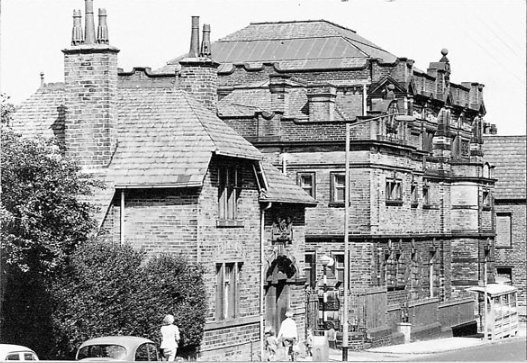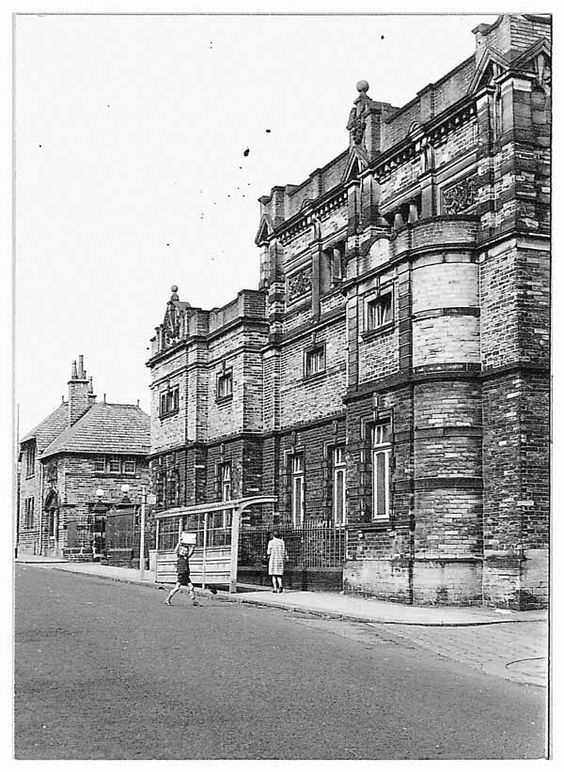The Halifax Union Workhouse

"An Evening with Harry Facks: The Halifax Union Workhouse"
As narrated by Harry Facks, Victorian gentleman and Halifax historian
"Good evening, dear friends of Halifax history,
I find myself compelled to share with you the most fascinating yet sobering account of our Halifax Union Workhouse. Having witnessed its operations during my Victorian days, I can speak with certainty of its establishment in the year 1840 - March 25th, to be precise.
The institution, which many of you would recognize from its position betwixt Gibbet Street and Hanson Lane, was constructed at the considerable sum of £12,000. I recall the discussions among the town's notable figures about this significant investment in what they termed 'poor relief.'
But let us step back a moment to acknowledge its predecessor. Our own Nathaniel Waterhouse - a name that should ring familiar to any Halifax resident with an interest in our past - established the original workhouse in 1635. A full two centuries before the grand Union Workhouse that I came to know.
The Gibbet Street Institution, as it came to be known, was more than mere bricks and mortar. Within its walls, lives were documented with meticulous precision - every soul who passed through those doors had their story recorded in the ledgers: their name, their age, where they had lived, whether they were married or not, and what work they could perform.

I must emphasize, my dear friends, that these are not mere tales spun for entertainment. Every detail I share with you has been verified through the preserved records, now safely housed in the West Yorkshire Archive Service. The contract plans from 1837, the admission records, the creed registers - all stand as testament to the lives that passed through these halls.
[Harry adjusts his Victorian cravat thoughtfully]
The institution later expanded to include a hospital wing, adapting to the growing needs of our community. Each addition, each change, was carefully documented, creating a paper trail that allows us today to understand precisely how this establishment operated.
I find myself particularly moved by the ledger entries from 1835 to 1839, which detail the transition period between the old system and the new Union Workhouse. Each entry represents a human story, a life touched by circumstances that led them to seek refuge within these walls..."

If you have enjoyed your visit to this website, please spread the word by clicking the 'like' and 'share' buttons below. Thank you


